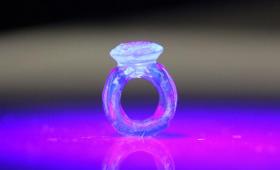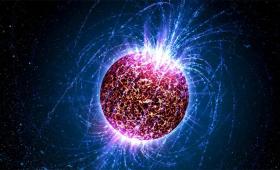Livermore researchers have adapted a new class of materials for their groundbreaking volumetric 3D printing method, greatly expanding the range of material properties achievable.
Science and Technology Highlights
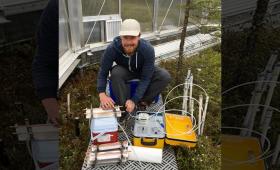
A research team has identified paleowater—water that recharged before the Holocene started 12,000 years ago—using three key isotopic indicators of groundwater residence time
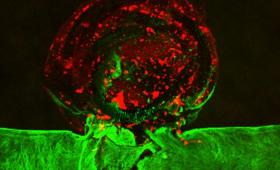
Medical practitioners may be able to improve existing treatment methods and develop new personalized ones for brain aneuryms, thanks to researchers at Livermore and their outside collaborators.
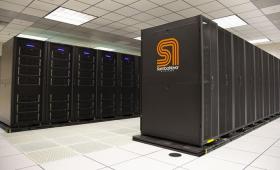
LLNL has installed a state-of-the-art artificial intelligence accelerator from SambaNova Systems, allowing researchers to more effectively combine AI and machine learning with complex scientific workloads.

An LLNL team solved a mystery of metallurgy by simulating the metal hardening process.
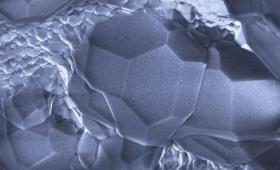
A multi-institutional research team synthesized methane hydrate with sediments to determine the electrical conductivity of the mixtures.
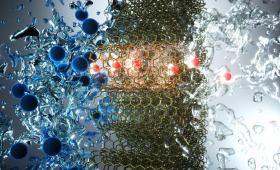
Livermore researchers have created carbon nanotube pores that are so efficient at removing salt from water they are comparable to commercial desalination membranes.
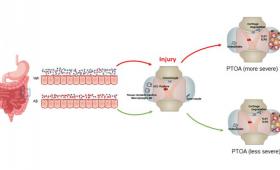
Researchers find that pre-treating joints with antibiotics reduces inflammation from post-traumatic osteoarthritis following a traumatic joint injury.
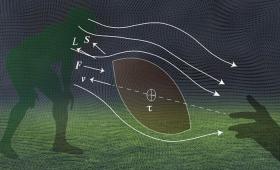
A team of researchers resolves the paradox of the tight spiraling of the tip of a perfectly thrown football around the trajectory of its parabolic path of flight.


